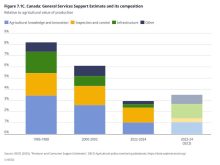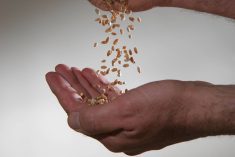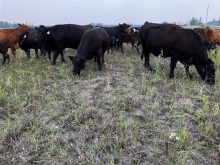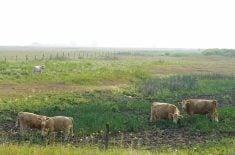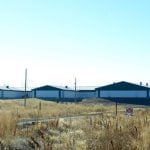A program aimed at reducing climate change on Canadian farms could reduce greenhouse gas emissions by up to one megaton, according to federal Minister of Agriculture and Agri-Food Marie-Claude Bibeau.
Details on how to apply for the federal government’s Agricultural Clean Technology Program were made available earlier in June.
While a variation of the program has existed since 2018, the 2021 federal budget added to its available funding envelope by contributing $165.7 million.
Expanding the program, and giving it an ambitious goal, fit into the governing Liberals’ broader goal of reducing emissions across the economy.
Read Also
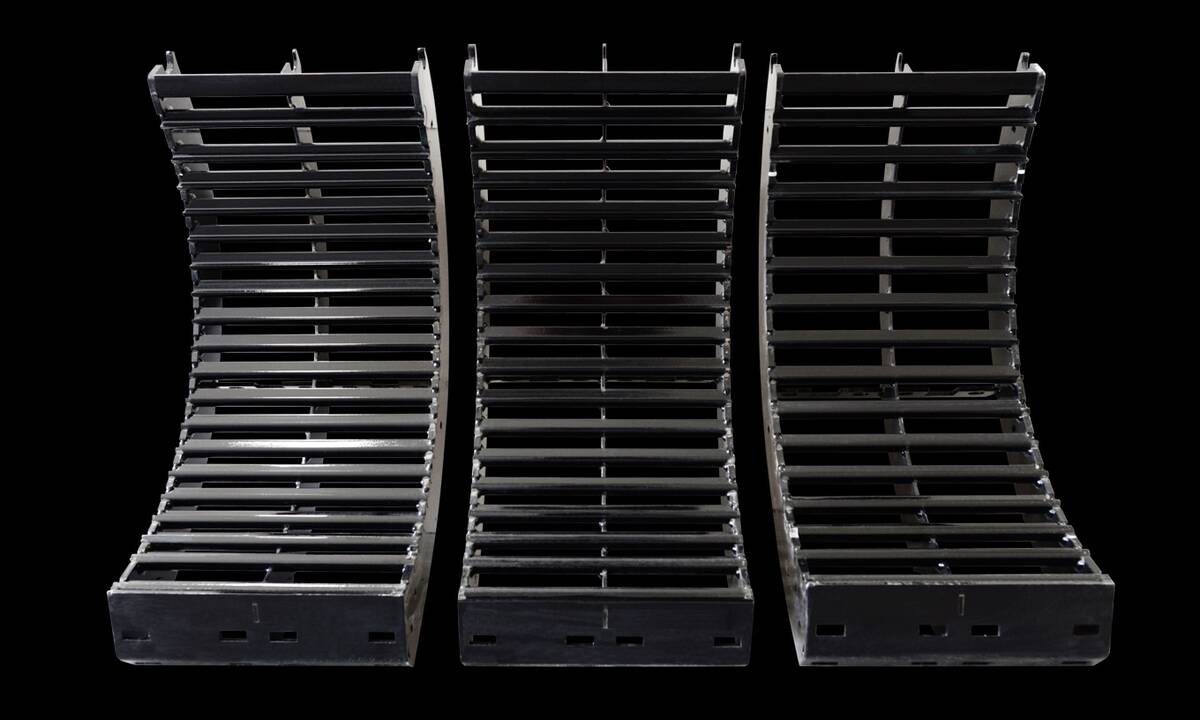
MANITOBA AG DAYS 2026: Stacked equipment category expected at Innovation Showcase
Ten of 28 Innovation Showcase entries at the Manitoba Ag Days 2026 farm show Jan. 20-22 in Brandon are in the equipment category.
Agribusinesses can access the money to adopt clean technologies, or research innovative clean technologies.
According to the federal government, the adoption stream will offer eligible recipients non-repayable contributions for projects costing at least $50,000, with AAFC covering 50 per cent of costs involving for-profit recipients and up to 75 per cent for non-profits.
The adoption stream includes $50 million specifically tabbed for the purchase of more efficient grain dryers. It’s expected around 1,400 will be purchased with that money. Another $10 million of the adoption funds will go “towards powering farms with clean energy and moving off diesel,” according to AAFC.
Activities focused on energy efficiency, precision agriculture and bioeconomy solutions.
Funding for adoption is available until 2026.
A research and innovation stream will offer non-repayable and repayable payments of up to $2 million; according to AAFC, normally the cost would be shared 50-50. Funding for projects supporting “pre-market innovation including research, development, demonstration and commercialization of agricultural clean technologies” are eligible to apply. Money is available until 2028.
There are three priority areas under this stream: green energy and energy efficiency, precision agriculture and bioeconomy. Some activities that might be eligible include piloting and evaluating clean tech and commercializing or scaling up clean tech.
A two-step intake process for applications will begin sometime in June.
Bibeau said on June 4 that farmers are “already leading the way” in stabilizing greenhouse gases while increasing production but an investment in fighting climate change was needed.
Bibeau said her government will continue to work with farmers to create an “environmentally sustainable” future for agriculture.
“One of the greatest challenges our industry faces is climate change,” she said, adding more droughts, floods and fires are making it harder for farmers to manage risk.
Canada’s national inventory report filed with the United Nations showed emissions from carbon dioxide (and equivalents) increased in the country between 2018 and 2019 by about one million tonnes.




